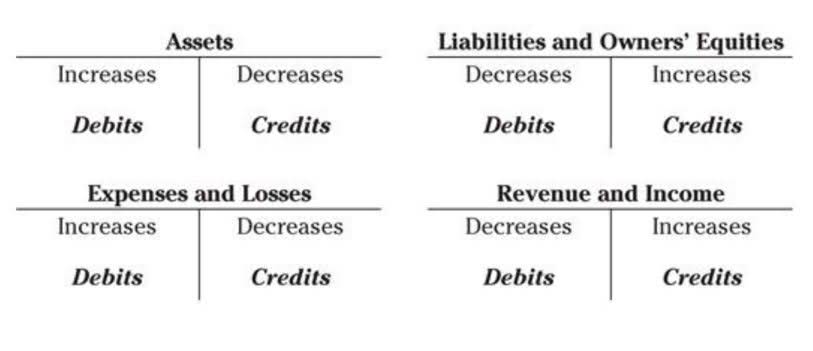
This forecasting is critical for maintaining adequate cash reserves to sustain operations and avoid liquidity crunches. Understanding the days sales of inventory is an important financial ratio for companies to use, regardless of business models. If a company sells more goods than it does services, days sales in inventory would be a primary indicator for investors and creditors to know and examine. The days sales of inventory (DSI) is an important financial ratio and metric that helps indicate how much time in days that it takes a company to turn its inventory. Essentially, it measures how efficiently a company can turn the average inventory it has into sales. Days sales in Inventory (DSI) exhibits the average number of days a business requires to clear the inventory by selling it.

Importance of Days Sales in Inventory for Businesses

These guides provide data on a complete range of vehicles and model years. Work in process managementThis module lets you account for work in process that may be carried over to the next day or even the next month. Point of saleAll of your point of sale devices are directly linked to Parts inventory, providing real-time data. It also provides a preventive maintenance schedule to ensure that each vehicle is kept in top condition. The module monitors expiry dates for insurance, permits and leasing contracts. The module reports on revenue and expenses for each lease, generating a profitability report for a vehicle or fleet.
Product Modules
- Since Walmart is a retailer, it does not have any raw materials, work-in-progress, or progress payments.
- DSI should be calculated regularly, ideally at the end of each accounting period, which could be monthly, quarterly, or annually.
- Conversely, a higher DSI may signal slow-moving inventory or overstocking, leading to tied-up capital and increased storage costs.
- If work needs to be done on the vehicles, the system will create repair orders for the shop.
- DSI offers community management and accounting services toCondominium and Homeowner Associations for both developers and existing associations.
- A rising DSI inventory ratio could indicate either (or both) falling demand for a company’s products or a poor reading by management of future demand (leading to inventory write downs).
DSI offers a best-in-industry system to manage the sales process effectively and quickly. The module covers everything from start (the quote) to finish (accounting). Each step of the way, the system makes the deal available to the appropriate person in the dealership. Unlimited service historyWe don’t restrict access to service history in order to save storage space on servers. We allow you to view complete service information of a vehicle, which can have an impact on the service that you deliver.

Over 30 years of successfully managing residential and commercial properties in the Madison market.

Another firm, ABC Inc., diversified their product range and adjusted inventory levels based on regional demand, creating a more balanced DSI. The grand orchestration of DSI hinges upon meticulous inventory calculation. This online bookkeeping backstage act requires precision in amassing the numerical ensemble of average inventory days and the rhythm of COGS per day. As inventory levels swell and sales glisten, the significance of this calculation echoes, painting the canvas of a well-informed inventory management report.
- The quantity of inventory that is consumed or sold within a specific time period.
- The Days Sales in Inventory ratio can be a great way to capture that sort of an indication, and should be a key ratio to monitor for businesses with potential for inventory to quickly become obsolete.
- If a company’s DSI is on the lower end, it is converting inventory into sales more quickly than its peers.
- This can make a big difference in understanding storage and maintenance expenses when it comes to holding inventory.
Lastly, the number of days, usually 365 days, is the timeframe used in the DSI calculation. This period is important because it shows the average time a company’s inventory sits before being sold. For instance, luxury car manufacturers may have a higher DSI compared to fast-fashion retailers, similar to how software development timelines differ from dsi accounting rapid app rollouts.
- DSI provided a lens, allowing companies to evaluate how long their products remained unsold.
- DSI is a straightforward process that can be broken down into a series of manageable steps.
- Properly using DSI will allow you to make more informed decisions when ordering new inventory.
- For example, some programs don’t allow you to modify an RO that has been closed.
- A 50-day DSI means that, on average, the company needs 50 days to clear out its inventory on hand.
- Days Sales of Inventory (DSI) analysis involves assessing how efficiently a company manages its inventory by measuring the average number of days it takes to sell its inventory stock.
Days Sales of Inventory (DSI): Definition, Formula & Calculation

It’s all about turning stock into cash flow and keeping your business agile in a market that never sleeps. Get ready to dive into how DSI works, why it matters, and how nailing it can set your business apart from the crowd. The imaging and archiving module improves productivity and https://www.bookstime.com/articles/bookkeeping-clean-up-guide saves on storage costs by allowing you to archive any document produced in the DSI system. This includes parts invoices, repair order invoices, purchase orders, accounts receivable statements and reports. Yes, if a company ends up selling more goods than the inventory it has, the turnover can become negative.
This is because the final figure that’s determined can show the overall liquidity of a business. Investors and creditors want to know more about the business sales performance. The more liquid a company is, it will likely translate into having higher cash flows and bigger returns. Depending on the business model, inventory can either (mostly) hold its value over time or not. In the case that a company is in an industry where inventory quickly becomes obsolete, evaluating inventory management can be a critical component of evaluating management’s capital allocation skills. Using those assumptions, DSI can be calculated by dividing the average inventory balance by COGS and then multiplying by 365 days.
